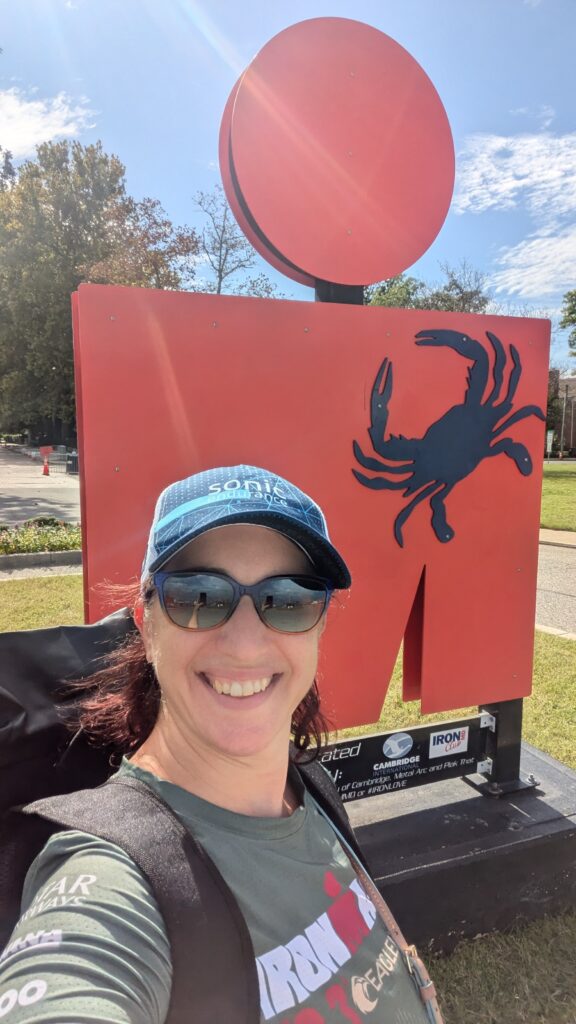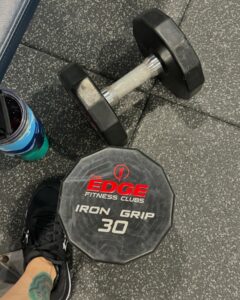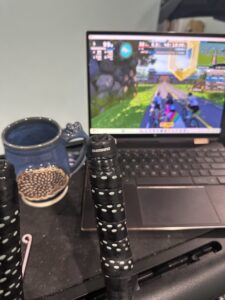Many recreational athletes use the new year to plan out their race season and set goals for the year. When planning your races throughout the year there are many ways to do so, and we wanted to provide you with some tips for moving into 2025.
“A” races are races that are your main goal for the year. For example, your first 70.3, and an Ironman, a PR attempt, etc. These races should be planned first since they will be where you are focusing much of your training. Training for an Ironman, half ironman, marathon takes a different level of commitment than training for a sprint, olympic triathlon, or half marathon. Let us talk about some ways that these long duration races take more planning and considerations.
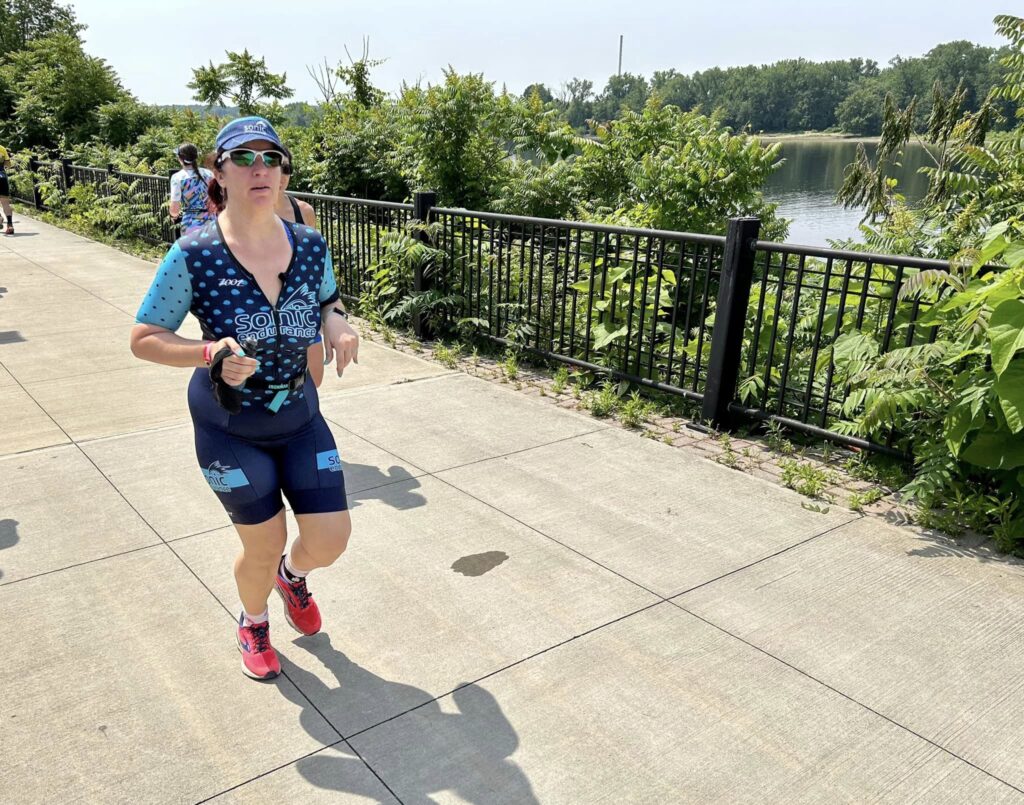
Time
Time available for training: An Ironman race will be the highest level of commitment. Gone are the days of needing to train 20 hours a week for one (no, really!) Many IM training plans for the ordinary folks will peak at 13-14 hours per week 3-6 weeks (about 1 and a half months) prior to the race. IM training plans start between 6 months to a year prior to the race depending on experience. Many of the weeks will range from 8-10 hours of training. If that sounds like a lot, then it may not be the right year to sign up for the IM distance. Half ironman tends to be more manageable; many half distance training plans peak at 9-10 hours. The average number of hours depends on averaging between 6-8 hours per week. If you are working with a coach or even some of the paid training plans there are ways to get creative with your schedule and planning. However, there will be times when you must commit to putting in long training hours.
Time for recovery/sickness/planning for the unknown: Planning well in advance of a major race is also of importance. No training cycle is perfect. There will be things out of your control such as getting sick or even a small injury that needs time for healing. You may also reach a point where you are feeling fatigued and need an extra few days of recovery. Ensuring that you give yourself the proper amount of time to train while also building in extra weeks for those unexpected times when you may have to take a few days off.
Other time considerations: Also consider any major trips you have planned for work or vacation. These need to be built into your training plan as soon as possible to ensure that if they are happening at peak volume in the cycle, they won’t be a detriment to building towards your race. There are ways to get creative here, but these are key factors when deciding on a race, and how the training cycle will be planned. If you are working with a coach let them know as soon as possible so they can create workarounds.
Financial Considerations
There has been an increase in race fees over the years. Triathlons and major marathons are not cheap! Many require you to sign up for races well in advance to secure a spot and the refund/deferral options are less than desirable. Not only will you need to pay the race entry fee but where is the race located? How will you be traveling to the race, where will you be staying? Flying to a race will be more expensive than driving. Renting a house with others may be more affordable than a single hotel room depending on the location. Cities that hold these races tend to bump up rental and nightly rates during race week. If you are flying to the race you will need to find a way to ship your bike or buy a special travel case. Something as simple as having access to a kitchen may save money on food when traveling as opposed to staying in a hotel without.
In addition to race day and travel considering the costs throughout the season is also important. For a long-distance race, it is important to have the correct gear to prevent injury. No, you don’t need a top-of-the-line bike or even switch to a triathlon specific bike if you don’t have one. However, it is important to get a bike fit, and to change your running shoes every 6 months. Also, you will need to consider the water temperature for the race, will you need a wetsuit? Also, do you need clothing that will be comfortable throughout the long training days and races? Will you need massages or other recovery tools to keep you healthy? At this moment you may say no but as you progress through the training cycle you may notice your clothing wearing out or realize what you have is not comfortable enough for longer distances.
Another cost associated with long-distance training is sports nutrition. Sport nutrition is the 4th discipline that we sometimes forget about. Purchasing enough sport nutrition to fuel long training days is important. Also, some may even need to buy more groceries each week to cover the increased energy expenditure.
Support System
If you have heard that it takes a village… this is correct. A support system is important whether you are training for a long or short race, and the longer the race the more it seems to be true. For those of you who are parents, a strong support system will be needed for those long training days. Communication between you and the other parent will be important to establish a schedule that works for everyone. When racing long distances the whole family is sometimes involved. Between planning for the race, taking the children on training runs/rides with you, traveling to the race and spectating.
Even for those who are not parents, a support system is also important. You will need support to boost you when feeling tired. Having individuals to talk to who understand the sport, as well as those who can train with you, can be helpful. If you don’t have friends, family, significant others who train in the same way, seeking out the support from teammates or coaches is also appropriate. Simply interacting with a team social media page, or a group of athletes is also a form of support even if you don’t know these individuals personally.
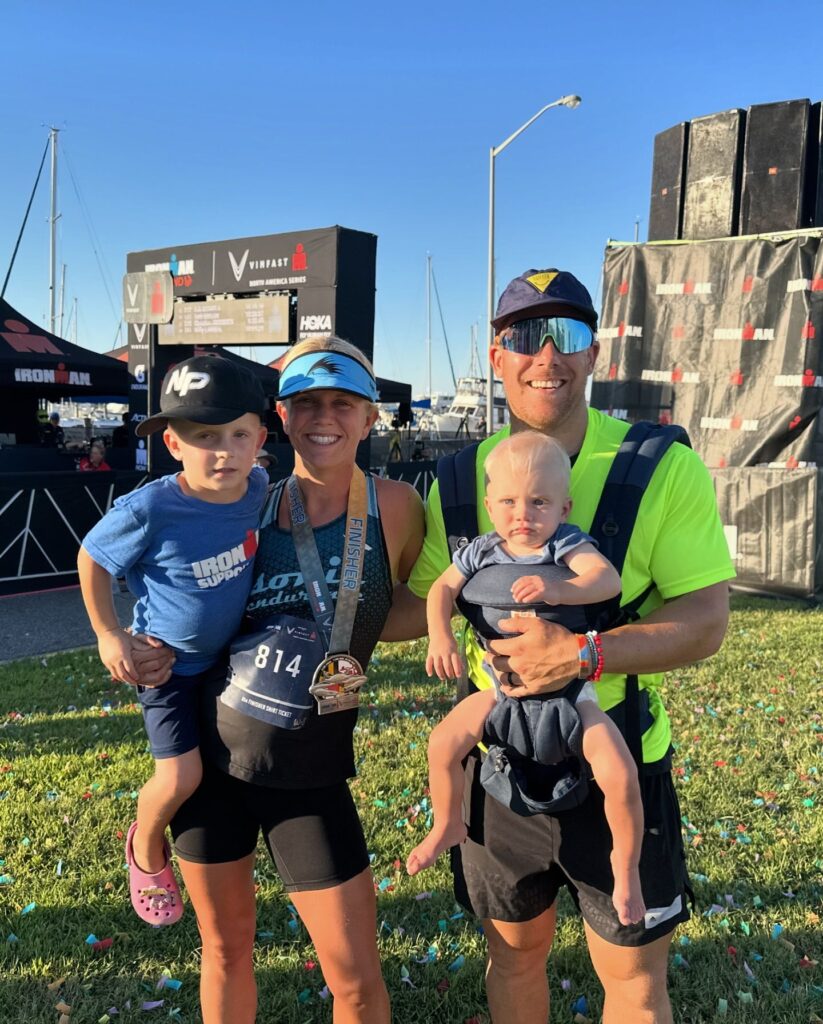
Climate & Environment
Picking an A race should also involve considering the climate and environment you will be racing in. If you decide to compete in a race in March that is in a warm environment and you live in a location that has a true winter, you will need to consider how to acclimate to hot weather. Not being acclimated to a hot day will negatively affect your performance. It takes 10-14 days to fully acclimate to a specific environment, and the acclimation process needs to happen at the same temperature that you will be competing in. There are ways to be creative with this, however, you need to actively plan for this. Ways to creatively acclimate in the winter are to ride inside in warmer temperatures, wear extra layers of clothing or even use a space heater if needed. You can also use a sauna for some acclimation to occur. Just make sure you are still hydrating and not at risk of heat stress. The same consideration needs to be given to races at altitude, which also requires acclimation. Racing at altitude has further strains on the body than heat and can lead to altitude sickness.
Another environmental consideration is how well do you perform in certain environments. Any hot and humid weather will see a decrease in performance even if acclimated. If you are going for a PR attempt choosing a race that is more temperate will be the best choice. However, this falls under the category of “things we can’t control”. You may pick a race that is known for its cool temperatures and yet on race days it turns out to be warmer than normal. Also, keep in mind when the bulk of your training is occurring. Will you be training through hot and humid days, and are you OK with that?
Goals & Back Up Races
As you are planning your season remember to write down your goals for your race or voice these to your coach. Write down 3 goals: one, is if it’s a perfect day, two, is if the perfect day doesn’t happen what is another goal you would be happy to accomplish, third, what is something you would be happy with no matter what the day brings, for example, “finishing the race”. These goals will help you to handle any race day unknowns.
Are you able to plan a backup race? For an Ironman this may or may not be possible depending on many of the factors mentioned above. For 70.3s and shorter distances it is possible to plan a backup A race. For example, you may plan to do an early season and late season 70.3. For sprints and olympics, these are held on a regular basis and are easy to build into a schedule. Having a backup race will allow you to take some of the pressure off the A race and avoid feeling as if you “failed” if all does not go to plan.
Other Race Planning
The last few items to consider are setting up the timing of other races around your A race and considering your strengths and weaknesses. It is important that you are not racing back-to-back weekends around your A race. Even if you “aren’t racing” it, and going 100%, the activity will still put strain on your body. You will want time to recover so you are fresh for the race that is most important to you. Again, this may be something to talk to a coach about especially when considering longer distance races that require more volume and higher risks of overtraining and injury, as well as more time to recovery.
The other thing to consider when choosing an A race is your strengths and weaknesses. Are you someone who loves hills or would you prefer pancake flat? Are you a strong swimmer and feel comfortable swimming in any body of water – ocean, river, lake, with or without a wetsuit? Even if one of these is not your strengths there is no issue with choosing a race that is hilly, with a challenging run or bike course. Keep in mind that planning for race terrain in your training cycle is just as important as the other considerations mentioned previously. If you are not strong on hills, then hill specific training will be needed, and you may need more time for these adaptations to occur. If you are choosing a challenging course, remember that your goals may need to be adapted to suit the course as well.
Sonic coaches would be happy to chat about planning a race season, please reach out with questions. Now let’s get planning and have an amazing 2025 season!
